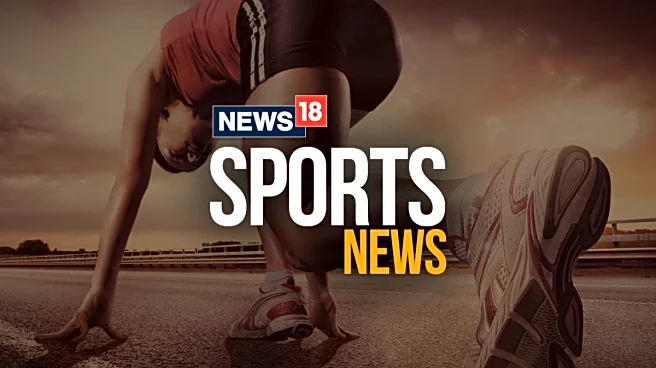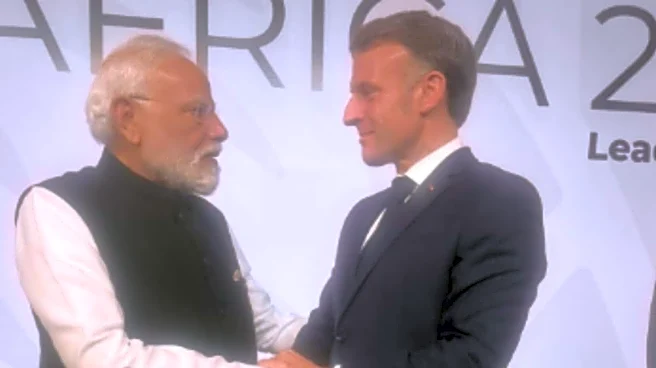On December 4, a quiet committee room in Parliament will turn into the centre of one of India’s most consequential democratic debates. The country’s top election officials — including the Chief Election Commissioner (CEC) and senior Election Commission of India (ECI) brass — are scheduled to depose before the Joint Parliamentary Committee (JPC) examining the government’s ambitious plan to hold simultaneous elections across India better known as the ‘One Nation, One Election or ONOE proposal’. The meeting marks a pivotal moment. Behind the calm language of “procedural scrutiny” lies a sweeping electoral redesign — a proposal the government considers historic, but one that has triggered intense legal, constitutional, and political scrutiny. The PP
Chaudhry–led JPC has spent the past few months speaking to political parties, constitutional experts, and former Chief Justices. And although the idea of ‘One Nation, One Election’ has found supporters, the deeper the panel has gone, the more complex the picture has become. At the heart of the debate lies a simple question: How much power should the Election Commission of India (ECI) really have? Some of India’s most respected judicial minds have weighed in. Former Chief Justices U.U. Lalit, Ranjan Gogoi, D.Y. Chandrachud, and sitting judge Justice Sanjiv Khanna have all mapped out the constitutional implicationsof the proposed Bill.
Deferring Assembly elections
One clause in particular — 82A(5), which empowers the ECI to defer Assembly elections — has emerged as the flashpoint.
Justice Sanjiv Khanna told the committee that the ECI, already tasked with securing free and fair elections, is best positioned to make such decisions. The Commission, he argued, has “the most accurate understanding of ground realities”. But he also warned that this expanded authority must be accompanied by strong safeguards to prevent misuse.
He pointed out another paradox: while the Bill aims to drastically reduce the frequency of elections, this may not always be possible if state assemblies collapse prematurely. Yet, in a more hopeful note, he observed that India hasn’t seen mid-term polls in decades — a sign, he said, of growing political maturity and institutional stability.
Election notifications to President
Another thorny issue is the Bill’s proposal to shift election notifications to the President. Justice Khanna recommended something simpler — fixing the election dates directly in the legislation. Justice DY Chandrachudhad flagged the same concern during his earlier deposition, warning that vesting overwhelming powers in the ECI without checks could upset the delicate balance between institutions.
In his written submission, the former CJI went a step further. The Bill, he said, should clearly establish the framework for simultaneous polls while giving the ECI only the powers absolutely required to implement it. The Commission, he reminded the panel, has control over elections but no law-making authority — nor should it. Instead, the Centre should frame rules under Section 169 of the Representation of the People Act, 1951, and do so in close consultation with the ECI.
Other former Chief Justices, including U.U. Lalit and Ranjan Gogoi, have echoed this cautious approach.
The JPC
The JPC itself is a microcosm of India’s political mosaic. From Supriya Sule (NCP) and Congress leaders Mukul Wasnik, Randeep Surjewala, and Priyanka Gandhi Vadra, to Anil Desai (Shiv Sena UBT) and Kalyan Banerjee (TMC), the Opposition benches are well represented. On the NDA side are BJP leaders Anurag Thakur, Sambit Patra, Baijayant Panda, Anil Baluni, and Shiv Sena’s Shrikant Shinde, along with TDP’s Harish Balayogi.
Originally constituted in the last Winter Session after the Centre agreed to deeper scrutiny of theONOE proposal, the panel now has 39 members. It also includes legal voices such as Manish Tewari, P. Wilson, and Kalyan Banerjee — experts expected to significantly shape the final contours of the report.
As the top brass of the Election Commission walks into the JPC meeting on December 4, they will step into a debate far larger than a legislative clause or a bureaucratic amendment. It is a conversation about power, balance, stability — and the future of how India votes.
For the first time in decades, the architecture of Indian elections is being questioned, reviewed, and possibly rebuilt. What emerges from this committee room may well lay the foundation for the most ambitious electoral reform in independent India.
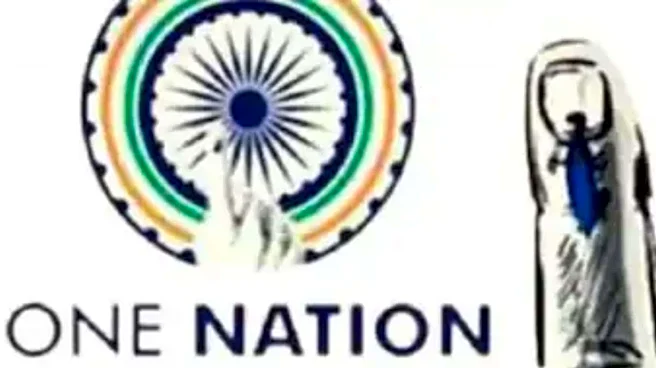

/images/ppid_59c68470-image-176387754774765626.webp)

/images/ppid_59c68470-image-176400253536187093.webp)

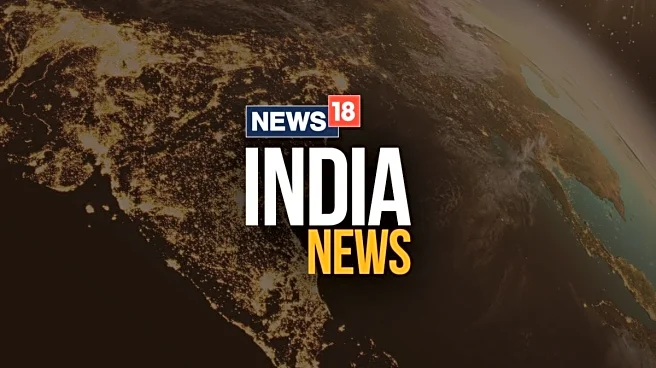
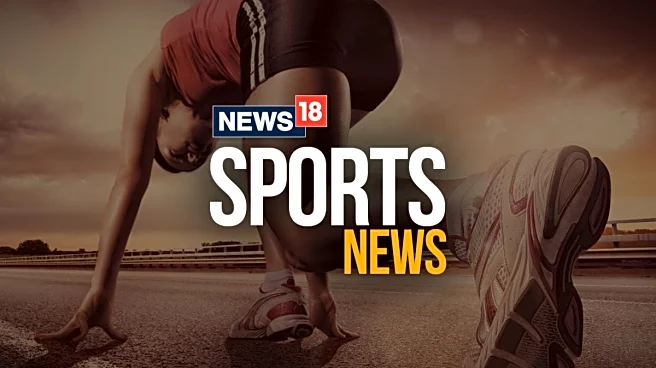
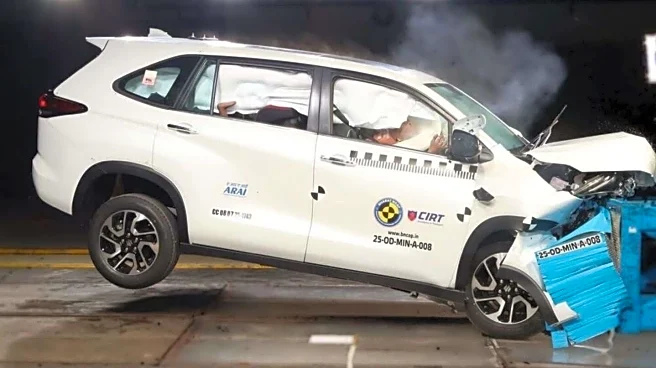

/images/ppid_a911dc6a-image-176390242831441763.webp)

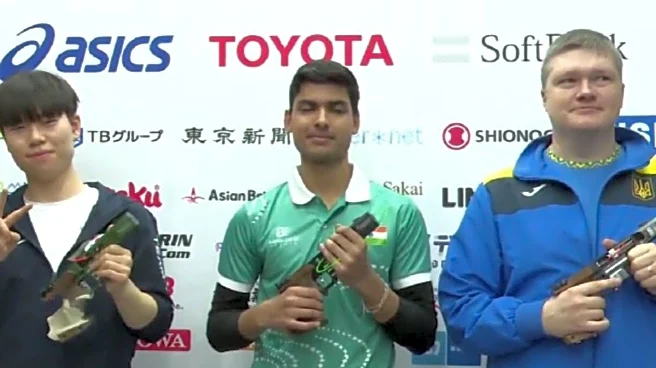
/images/ppid_59c68470-image-176387003614167599.webp)
